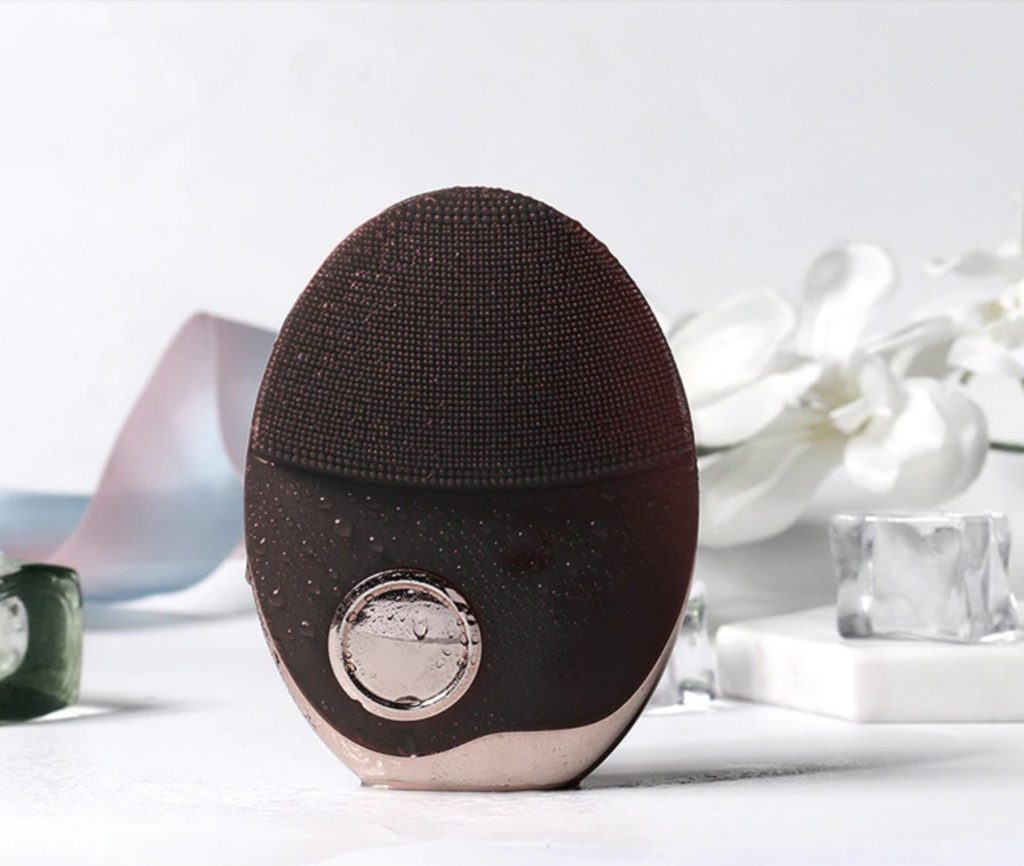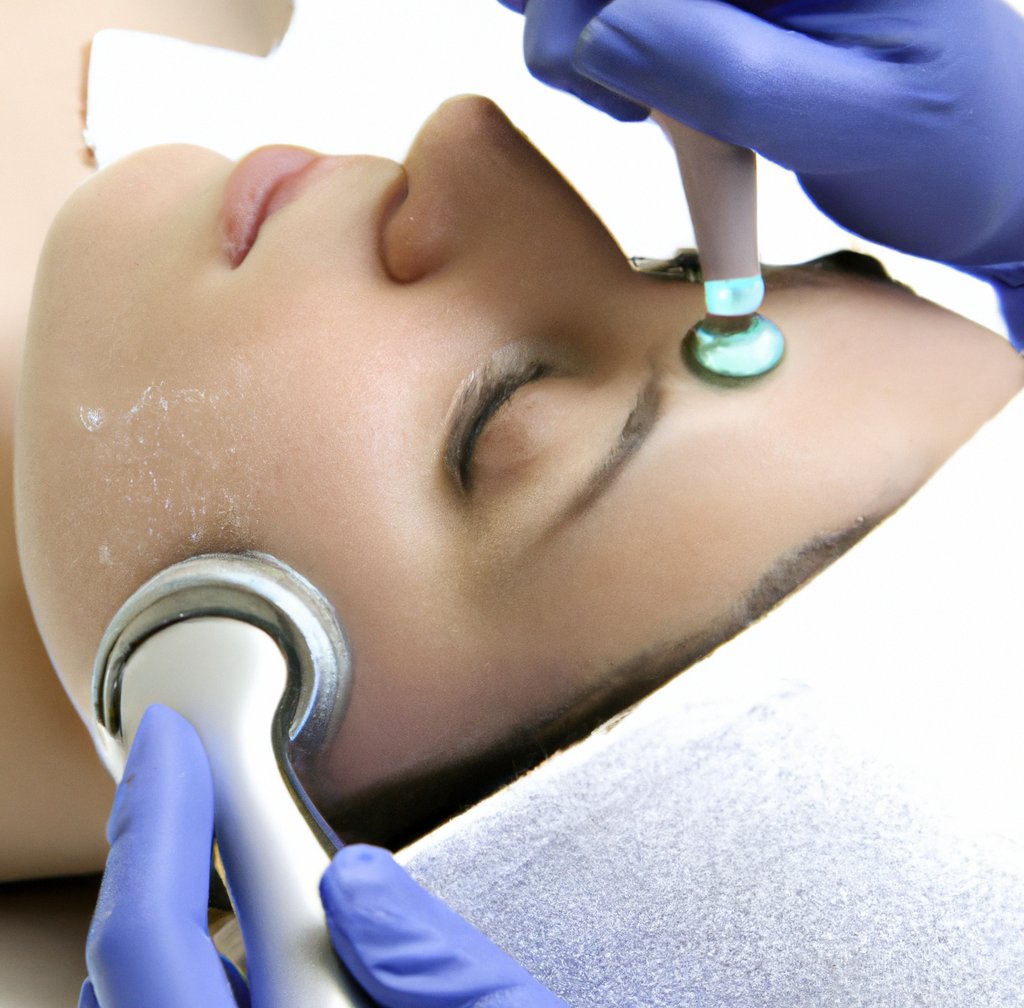When it comes to taking care of your skin, one of the most important things you can do is exfoliate regularly. Exfoliation can help improve the appearance of your skin by making it look brighter and smoother. It can also help to unclog pores, which can reduce acne breakouts. Regular exfoliation can also help to diminish the appearance of fine lines and wrinkles.
There are a number of different ways to exfoliate your skin, but one of the most popular methods is using a facial scrub. Facial scrubs are usually granular in texture and contain small particles that help to remove dead skin cells from the surface of your skin. There are a number of different facial scrubs available on the market, but it’s important to choose one that is suited for your skin type. If you have dry skin, choose a scrub that contains moisturizing ingredients like shea butter or cocoa butter. If you have oily skin, choose a scrub that contains ingredients like salicylic acid or glycolic acid, which helps to control oil production.
It’s important to remember that exfoliation should not be done every day – 2-3 times per week is sufficient for most people.
The Different Types of Skin Exfoliation
There are two main types of skin exfoliation: mechanical and chemical. Mechanical exfoliation uses physical means to remove dead skin cells, such as a scrub or brush. This type of exfoliation is generally considered to be more effective than chemical exfoliation, but it can also be more abrasive and may not be suitable for all skin types. Chemical exfoliation uses acids or enzymes to dissolve the bonds between dead skin cells. This type of exfoliation is less abrasive than mechanical exfoliation, but it can also be less effective.
Both types of exfoliation can be done at home or by a professional. Home-based methods are generally less expensive and more accessible, but they may not be as effective as professional treatments. Professional treatments typically involve stronger products and/or more intensive procedures, such as laser therapy or microdermabrasion.
Which type of exfoliation is right for you depends on your individual needs and preferences. If you have sensitive skin, you may want to start with a gentler form of mechanical exfoliation, such as a scrub with natural ingredients. If you have acne-prone skin, you may prefer an acid-based chemical peel. Chemical exfoliants usually contain acids such as alpha hydroxy acid (AHA) or beta hydroxy acid (BHA), which help loosen the bonds that hold dead skin cells together. This allows them to be more easily removed, resulting in smoother, softer skin.
If you are looking to achieve specific results, such as brighter complexion or reduced wrinkles, you may want to consider using a specific type of exfoliant. For example, AHAs are great for brightening skin while BHAs are good for reducing wrinkles and blackheads.
When choosing an exfoliant, it is important to consider both your needs and your skin type. If you are unsure which type of exfoliant is best for you, consult with a dermatologist or other skincare professional.
The Best Products for Skin Exfoliation
When it comes to taking care of your skin, exfoliation is one step that you can’t afford to skip. Exfoliating your skin can help to remove dead skin cells, which can leave your skin feeling dull and dry. It can also help to unclog pores and allow your skincare products to better penetrate the surface of your skin.
There are many different types of exfoliators on the market, so it’s important to choose one that is appropriate for your skin type. If you have oily skin, you may want to try a physical exfoliant such as a cleansing brush or sugar scrub. These products use gentle abrasives to remove the dead skin cells from the surface of your skin.

If you have sensitive skin, you may want to try a chemical exfoliant instead. As already mentioned, chemical exfoliants use ingredients like alpha hydroxy acids or beta hydroxy acids to break down the bonds that hold the dead skin cells together. This helps them to be more easily removed from the surface of your skin.
No matter what type of exfoliator you choose, be sure to use it regularly for best results. Exfoliate once or twice a week for most people, but adjust this based on your individual needs.
The Worst Products for Skin Exfoliation
It is important to use a product that is gentle and will not damage your skin. The worst products for skin exfoliation are those that contain harsh chemicals or abrasive particles. These can cause irritation and damage the delicate skin cells.
Products that are too drying can also be bad for your skin. They can strip away the natural oils, leaving your skin feeling dry and irritated. It is important to choose a product that will not overdry your skin, but rather one that will hydrate and nourish it.
You should also avoid any product that contains alcohol, fragrances, or other potential irritants. These ingredients can cause further irritation and discomfort. When choosing a skincare product, always read the ingredients list carefully to make sure you are not putting your skin at risk.
How Often Should You Be exfoliating your skin?
Exfoliating your skin is an important part of any skincare routine, as it helps to remove dead skin cells that can build up on the surface and make your skin look dull. When you exfoliate, you are essentially giving your skin a fresh start by revealing the brighter, healthier looking skin underneath.
Most people benefit from exfoliating their skin 1-2 times per week. However, it’s important to note that over-exfoliation can actually damage your skin, so be sure not to go overboard. If you have sensitive skin, start out by exfoliating less often until you see how your skin reacts.
Overall, exfoliating your skin can help improve its appearance and make you look more awake and refreshed. So if you’re looking for a way to give your complexion a boost, consider adding exfoliation into your skincare routine!
The Do’s and Don’ts Of Skin Exfoliation
The benefits of exfoliation are well-known: it can improve skin complexion, remove dead skin cells and make your skin look smoother. But if you’re not doing it correctly, you could be doing more harm than good.
One of the most important things to remember is not to over-exfoliate. This can damage your skin and make it dry and irritated. If you’re using a physical exfoliant (e.g. a scrub), be careful not to use too much pressure – this can also be damaging.
If you’re not sure how often to exfoliate or which method is best for you, it’s best to consult a dermatologist. They will be able to give you specific advice tailored to your individual needs.

